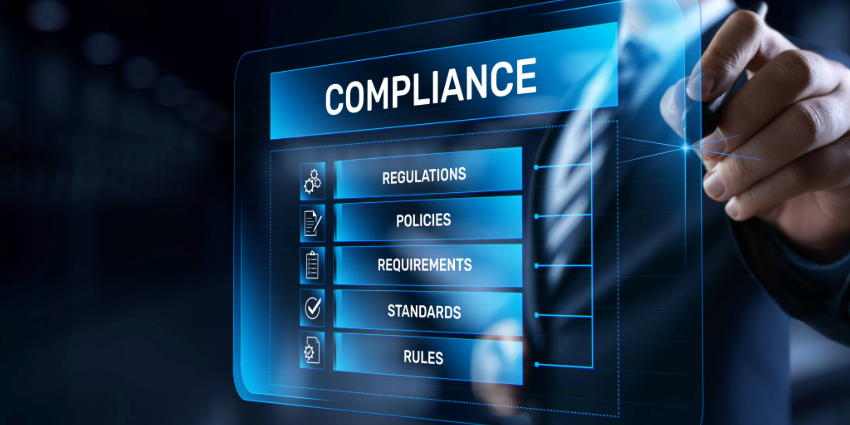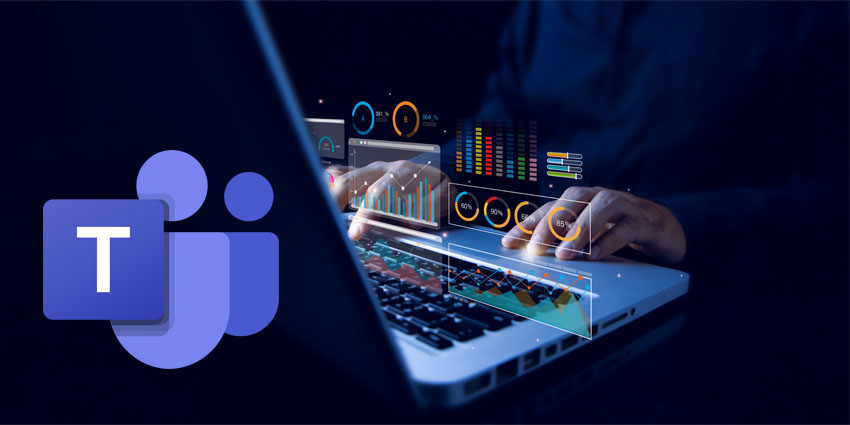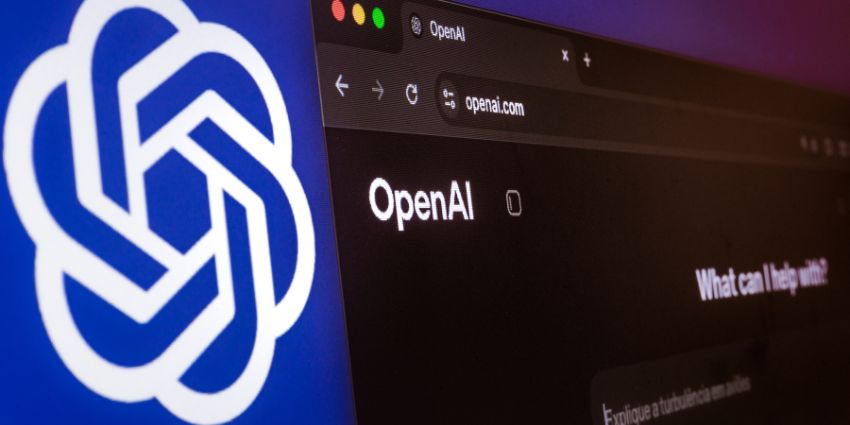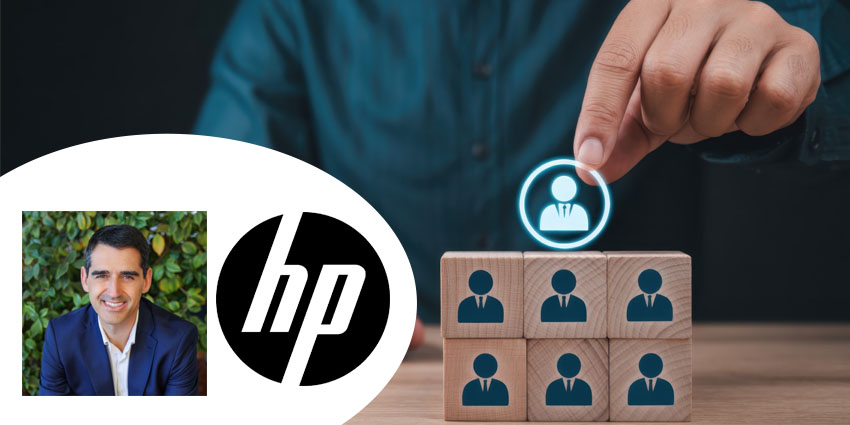In an ideal world, managing communications compliance would be simple. Every company would follow the same rulebook, use the same tools, and mitigate the same threats. In the real world, the idea that a single security strategy can fit every industry is collapsing fast.
Companies can’t just build ecosystems that adapt to new threats like AI deepfakes and advanced spoofing mechanisms anymore. They need industry-specific compliance solutions tailored to their workflows. Sure, different companies might face similar threats, but the way they handle those hurdles needs to be more focused. Healthcare, finance, education, and government groups all have different rules to follow.
HIPAA means encrypted video and patient logs, not just generic TLS. Finance requires immutable archives for SEC and FINRA; “record soft delete” isn’t acceptable. Schools must deal with FERPA and COPPA, adding requirements like parental consent for underage users.
One-size-fits-all platforms can’t always handle that complexity. Many companies now need something more fine-tuned, modular, context-aware architecture, like the systems powered by Netsapiens’ multi-tenant hosted PBX platform for service providers.
Here’s why a solution layered with industry-specific controls is so valuable in today’s world.
The Rise of Multi-Tenant, Flexible Architecture
When most people hear “multi-tenant,” they picture a single infrastructure hosting many customers. It’s great for sharing costs, speeding deployment, and scaling rapidly. In fact, multi-tenant strategies are so popular that some studies show that up to 94 percent of enterprise customers rely on them.
But sharing services also means sharing risks and limitations, if the architecture in question isn’t capable of being fine-tuned to the needs of each individual business. True multi-tenant systems require airtight data separation, strict access controls, and flexible resource policies for industry-specific compliance and continued uptime.
A multi-compliant system doesn’t just separate customers, it adapts to their rules. Health providers need encrypted video and audit logs. Financial teams must archive calls immutably. Schools managing student data must enforce parental consent and retention rules.
With solutions like Netsapien’s hosted PBX solution, you can run a common cloud foundation with centralized efficiency. On top of that, you plug in compliance modules tailored to each sector’s demands.
The Importance of Industry-Specific Compliance Architecture
Compliance doesn’t look the same for everyone. Healthcare, finance, education, and legal teams aren’t dealing with the same threats or regulations. Their needs are wildly different, right down to how they store call logs or who gets access to chat transcripts.
Every Industry Has Its Own Rulebook
In healthcare, HIPAA requires full encryption for all levels of conversations, strict audit trails, and signed Business Associate Agreements with vendors. Providers need to know exactly who accessed what and when. A misplaced access log could lead to investigations or fines that hit seven figures.
Finance has its own rules. FINRA and SEC demand recorded conversations stored immutably, often for years. Those recordings need to be instantly retrievable and legally defensible. You can’t afford a missed call or a broken audit trail.
Schools have to follow FERPA and COPPA. That means protecting student data, enforcing parental consent, and sometimes applying stricter controls based on age groups. One-size-fits-all security won’t get you there. Organizations need a way to apply the right protections to the right people at the right time.
It’s not just about the tools, either; it’s about the context. You can have great encryption, robust access controls, and reliable logging. But if a receptionist has the same access as a clinician in a hospital, or a junior analyst in a bank can delete archived calls, then your system’s not compliant. Context matters.
A multi-compliant platform lets you build policies around the actual work people are doing, not just the system they’re using. For service providers, this isn’t just a risk management issue. It’s a business strategy. Being able to offer HIPAA-ready services or FINRA-compliant contact centers makes you more valuable to regulated industries. You open up new verticals and win deals your competitors can’t even bid on.
A Platform Built for Industry-Specific Compliance
Netsapiens has taken a measured approach to solving compliance problems, offering service providers a hosted multi-tenant solution that can adapt to thousands of different client needs. A healthcare provider can access specific controls for HIPAA-compliant conversations, while a finance leader can bake in call recording with session encryption and access logs.
According to one service provider (DiRad), NetSapien’s architecture has helped them become a major contact center player in the healthcare industry, one of the most regulated and complex sectors in the world.
The system supports fine-grained isolation, so each tenant gets their own compliance profile. Role-based access control, audit logging, and encryption are all included and ready to customize to suit each client’s needs. The result is flexibility without fragmentation.
Updates and patches roll out platform-wide, but compliance features can be toggled on a per-tenant basis. If one client requires additional privacy controls, they get them. If another doesn’t need those features, they don’t pay for what they don’t use.
Netsapiens even uses Oracle Cloud Infrastructure to deliver advanced analytics, automated disaster recovery, zero-trust capabilities, DDoS prevention, and real-time threat detection. It’s an end-to-end approach to making communications not just more reliable but safer, too.
How the Architecture Delivers Industry-Specific Compliance
Netsapien’s approach to optimizing the future of communications goes beyond focusing on features. It’s the architecture that really makes the difference. A flexible, multi-tenant core gives service providers a shared foundation for scalable voice, messaging, video infrastructure, global updates, and unified monitoring. In addition, each tenant gets a compliance profile tailored to their industry.
Features include:
- Logical Separation: Tenants stay separate at the data layer, isolated databases or schemas ensure one tenant’s data never leaks into another’s environment. Policies apply to each tenant independently. Updates happen once, but they respect every client’s settings.
- Role-Based Access Controls: This means policies say who can initiate a video call, who can view it, and who can delete it. In healthcare, nurses get different permissions than physicians. In finance, only compliance officers can download recorded calls.
- Encryption and Key Management: Every tenant gets data encrypted in transit and at rest. But the keys? Those can be tenant-specific, rotating on schedule and managed separately. Providers aren’t left holding master keys; they’re using a secure, policy-driven key lifecycle.
- Compliance Logs and Auditing: Every access, call, session, or download is logged along with timestamps, user IDs, and device IPs. If an auditor comes knocking, providers can pull tailored log reports by tenant or timeframe without combing through a merged data dump.
- Demand Compliance Workflows: Rather than customizing per tenant manually, administrators use a UI to flip on modules. This activates video encryption, call monitoring, retention policies, etc. Updates, like new regulations, roll out platform-wide. Tenants receive any new compliance features automatically based on their profile.
Bringing all this together means providers don’t build separate stacks for each regulation. They maintain one stable, efficient foundation that scales control and trust across industries.
Compliance as a Growth Strategy
Creating a platform tuned to the needs of industry-specific compliance is a great way to help businesses avoid penalties. It’s also a direct route to winning better business for service providers.
Multi-tenant UCaaS systems drive clear ROI with lower infrastructure costs, predictability, and streamlined operations. These modern UCaaS setups can boost productivity, reduce shadow IT, and centralize governance, leading to measurable gains in both time and money saved.
In addition, providers who offer HIPAA-grade or FINRA-ready services tap into premium markets. They can pitch to healthcare groups, financial advisors, legal firms, or schools, clients who expect compliance out of the box. They’re not just offering chat or video; they’re offering security that meets regulatory demands. That’s a far stronger play than competing only on features or price.
Operationally, delivering compliance per tenant avoids expensive, entirely separate environments. You enable policies only where they’re needed, avoid over-engineering, and roll out updates globally. Meanwhile, clients benefit from faster onboarding. Netsapiens partners have reported significantly shorter setup times when compliance features are part of the platform by default.
Future Trends: AI, Confidential Computing, and Beyond
Designing multi-compliant systems isn’t easy. You’re dealing with shared infrastructure, evolving laws, and higher stakes. Data leakage, tenant misconfiguration, and outdated encryption can compromise your platform.
At the same time, compliance demands keep evolving, and vendors are paying more attention to cutting-edge tech ready to enhance industry-specific compliance. AI-driven anomaly detection is already helping providers flag suspicious access or behavior in real time. Soon, confidential computing, hardware-based secure enclaves, will let systems process sensitive data without exposure.
Expect more granular data sovereignty tools, too, auto-assigning workloads to data centers based on regulation or masking sensitive fields dynamically depending on user roles. Platforms will need to bootstrap contextual workflows, such as parental consent in education, consent tracking for telehealth sessions, or dynamic call archiving for financial services.
At the end of the day, the next-generation compliance model isn’t reactive. It learns, adapts, and applies controls only where needed, to balance usability, security, and legal responsibility.
A New Era of Industry-Specific Communication Compliance
For service providers, building platforms that adapt to the regulatory realities of different industries is quickly becoming the new baseline. Whether it’s encrypted video calls for clinicians, long-term call archiving for wealth advisors, or student data protections for schools, compliance has to be built into the architecture, not bolted on later.
Netsapiens shows what this looks like in practice. A single, multi-tenant foundation that scales efficiently, layered with compliance modules that activate only when needed. It’s smart, flexible, and future-ready. Just as important, it allows service providers to move faster, onboard regulated clients with less friction, and stay ahead of shifting legal expectations.
For anyone designing or deploying communication platforms today, the next era isn’t just multi-tenant, it’s multi-compliant, industry-specific, and customizable. Anything else will simply crumble as regulations continue to evolve.







